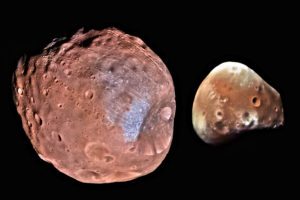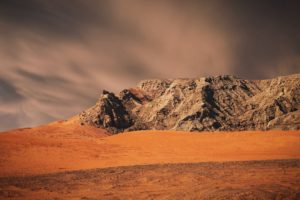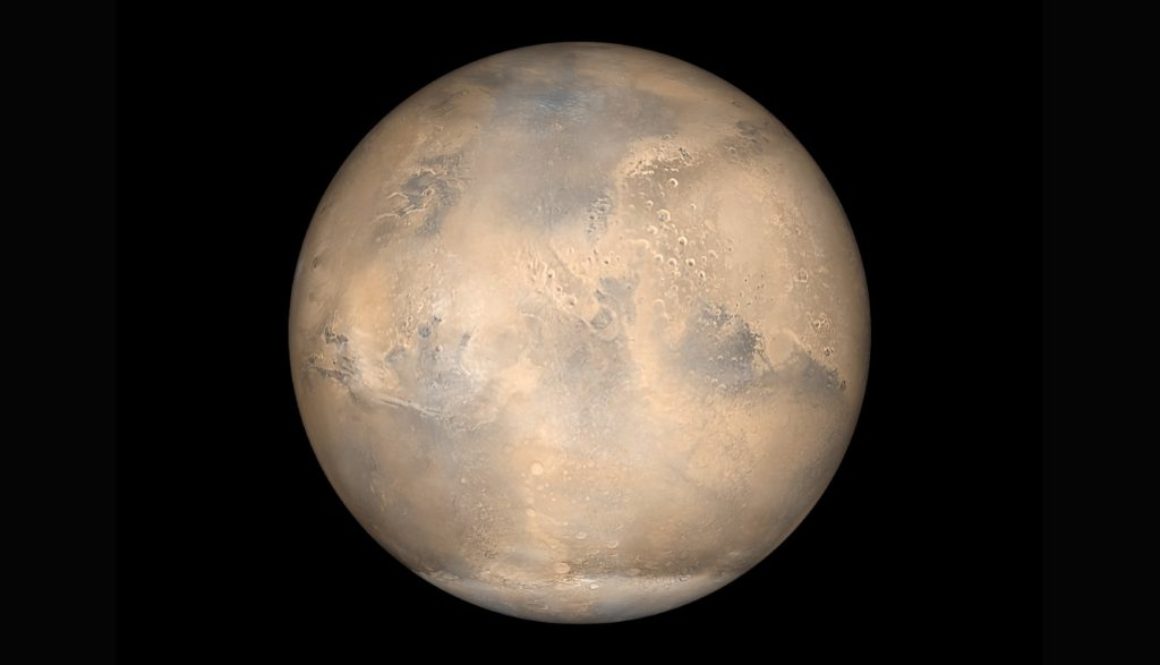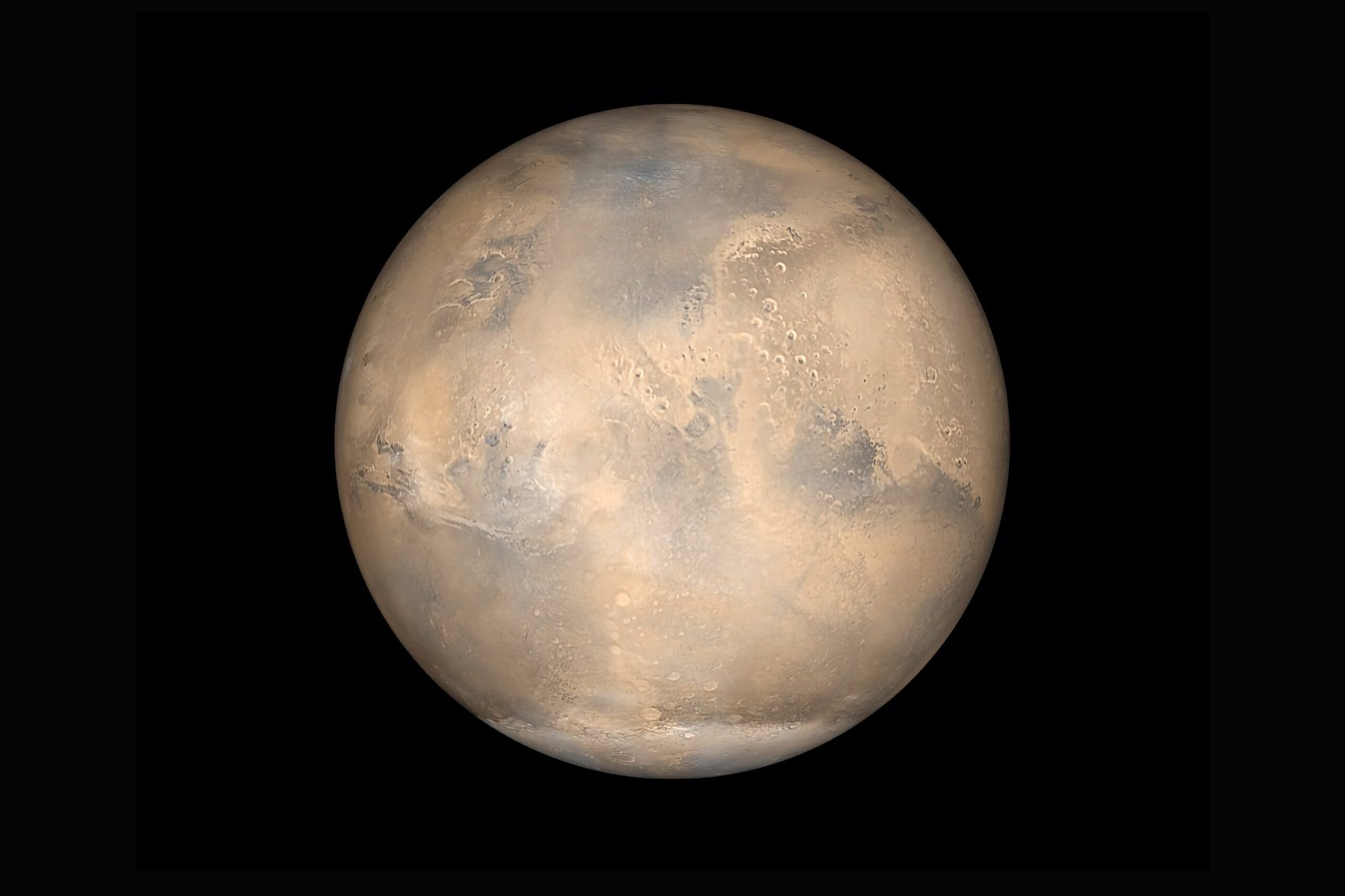Mars is More Similar to Earth Than You Think
In our exploration of space, we are driven towards finding places that are similar to home where we can live and thrive. Mars, one of our closest neighbors, is within reach of our physical capabilities. However, It seems like quite an inhospitable place. Mars is actually similar to Earth though.
Despite this, we have made it our mission to step foot on our cousin planet. Everything we see and hear about this distant planet seems so different from our own. Is our goal impossible? How similar is Mars to Earth?
A Day on Mars is a Day on Earth
As it turns out, a day on Mars is about as long as a day on Earth, only about 45 minutes longer. The tilt of the Mars axis is also within a couple degrees of Earth’s. This means that Mars has seasons and temperature variations like Earth. If there was a beach on Mars, you could go during the summer and spend as much time there as you would on Earth.
Mars is half the size of Earth though and has a much smaller mass. This overall decrease means the planet has much less surface gravity, only about 37.6% of Earth’s gravity. Going for a run on that beach would feel a little strange.

Two Moons Instead of One
When we look up at the night sky here on Earth, we usually see our big bright Moon. It’s one of the biggest moons in our solar system with a diameter one quarter the size of Earth. The Moon is thought to have originated from Earth’s debris after a collision with a large planet-like object.
If you look up at the night sky on Mars, you will see two moons, Phobos and Deimos. These moons are very small, each less than 25 kilometers. They are irregularly shaped compared to Earth’s moon and thought to be captured asteroids.
The Power of a Magnetic Shield
Earth has a fantastic magnetosphere, a layer surrounding the planet with containing its magnetic field. It works to deflect harmful charged particles bombarding the planet through solar wind. Without this protective layer, all life on Earth would be exposed to constant radiation.
In contrast, Mars has relatively weak magnetic fields that do not encompass the entire planet. These magnetic fields could be the remnants of a magnetosphere Mars had in the past. Scientists hypothesize it was blown off during heavy meteorite impact in the past.
The Air We Breathe
Earth’s atmosphere is dense and mainly made of nitrogen at 78% and oxygen at 21%. Mars has a much less dense atmosphere mostly made of carbon dioxide at 96%. Because of its thin atmosphere and longer distance to the Sun, Mars has much colder temperatures than Earth with an average of -51°F but can actually swing up to 95°F at the equator in the summer.
Life is possible on Earth because of a warm and oxygen-rich atmosphere. However, the cold atmosphere on Mars and lack of oxygen make life much more difficult to sustain. Between that and the crazy dust storms, a Mars settlement will be challenging.

Mountains Here or There
While the surface of Mars is red from dirt rich in iron oxide, Earth’s surface from space looks blue from its vast oceans. Despite this difference, many of the features found on Earth can also be found on Mars like mountains, canyons, and dunes.
The largest mountain in the Solar System is found on Mars, and it also hosts the deepest and longest canyon. Both Mars and Earth have been bombarded by meteors since they formed. We see some of the craters from these impacts on Earth, but many more craters are preserved on Mars from such a slow erosion process.

Finding Water on Mars
Water is necessary for life on Earth, and thankfully 70% of the planet is covered with it. Finding water on Mars is more challenging. Ice is known to exist within the polar ice caps of Mars, and samples have confirmed the presence of water in the shallow subsurface.
It is thought that water used to freely flow on the surface of Mars. Because it has such a thin atmosphere, water vapor might have escaped during a large catastrophic impact event. The geologic features on the surface also suggest similar type erosion as on Earth, supporting the idea of flowing water.
Even though Mars has many similarities to Earth, it is still a very different planet. NASA has a goal of landing humans on Mars by the year 2035. This is a difficult challenge. Mars is not only physically difficult to reach but its environment will be harsh for our fragile human bodies. With enough determination though, we can accomplish anything and will step foot on the red planet.
Find out more about how Earth’s atmosphere protects us from space weather here.



